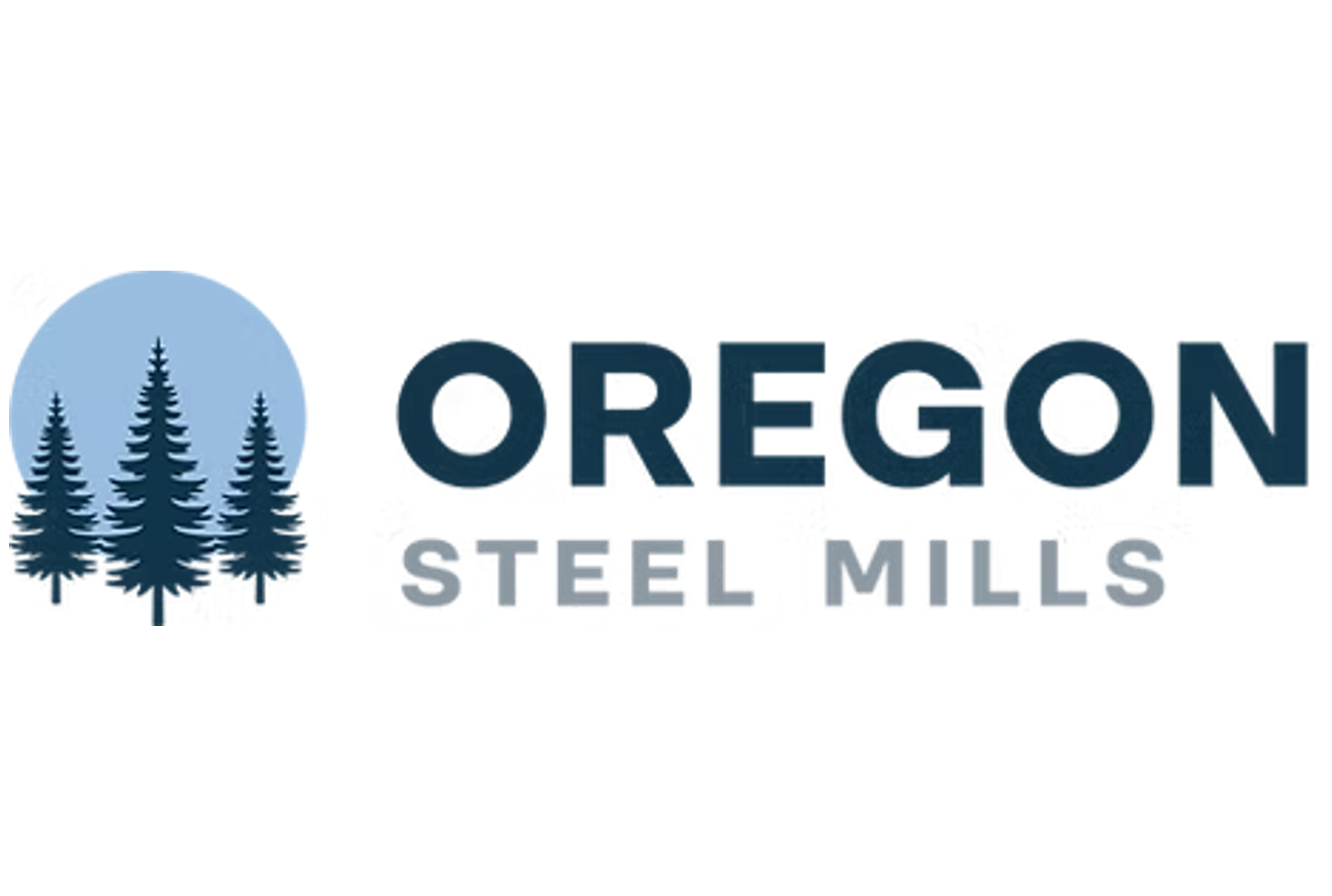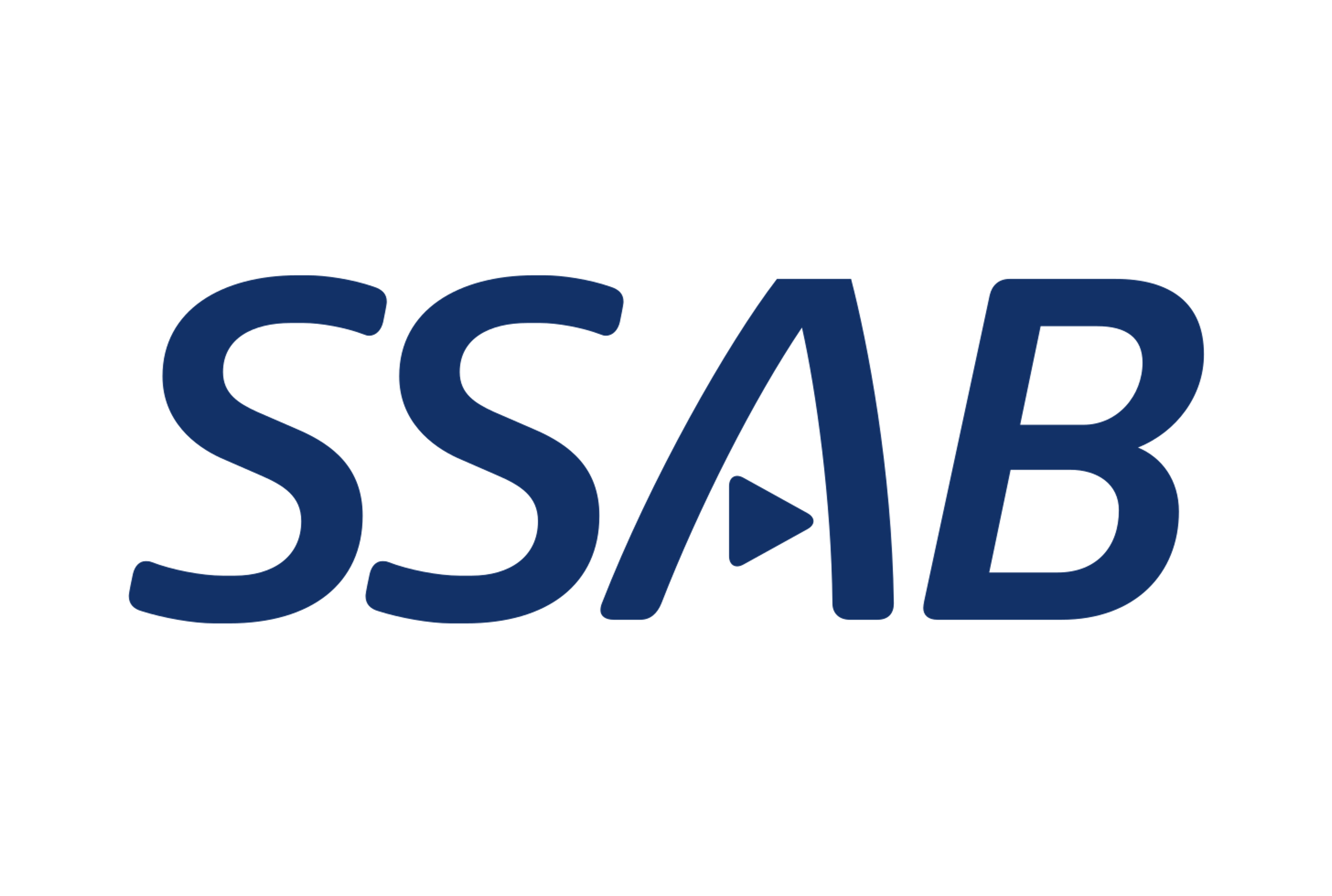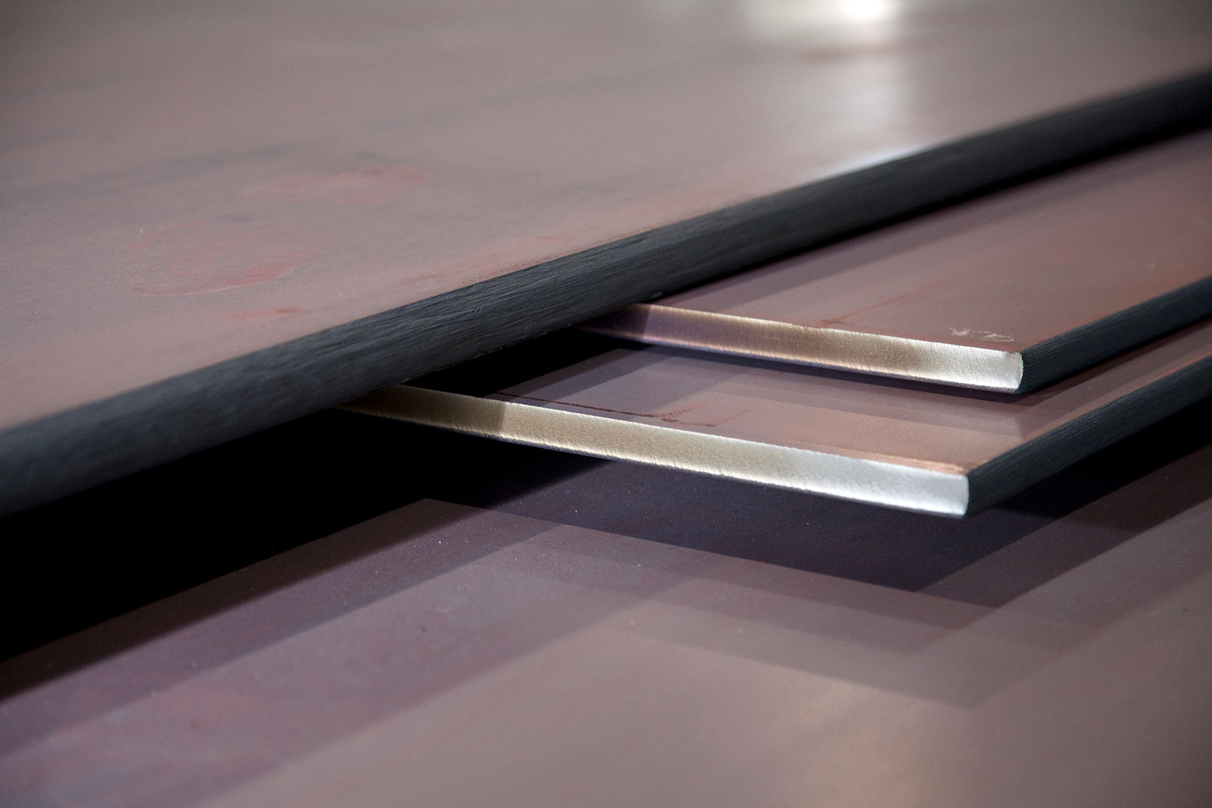Prices

October 3, 2019
SMU Market Trends: Buyers Expect Prices to Keep Falling
Written by Tim Triplett
More than 80 percent of the steel buyers polled by Steel Market Update in the last 10 days believe steel prices will test the lows reached earlier this year. SMU’s current average hot rolled price is $525 a ton, just $5 above the $520 low hit in late June. Pointing to sketchy demand, some believe the market with breach the $500 per ton mark sometime in the fourth quarter.
SMU asked service center and OEM executives: What will drive steel prices over the next six months? Following are some of their responses:
• “The biggest drivers for the next six months will be the impact of the tariffs, trade wars and overall health of the economy.”
• “We see prices moving lower, approaching $500 per ton fast. The major driver over the next six months will be demand—and it does not look good.”
• “I believe the U.S. is in a manufacturing recession and prices will continue to soften. Demand is weak and lead times are short with scrap continuing to fall. I do not see any light at the end of the tunnel for 2019. Hopefully, we will see the market turn around in early 2020.”
• “I believe steel prices will continue to be soft for the next 30 to 60 days ($20 to $30 decrease). Most of the steel mills are reporting three to four week lead times. Buyers are waiting and watching for mill lead times to move into late December/early January ship dates. They may feel more compelled to buy earlier and in larger than normal volume if the steel market has reached the bottom prior to lead times moving into January. Hopefully the steel mills will show restraint by not announcing price increases every week.”
• “Demand and supply are the drivers. We are in a period of decreasing industrial production with lower demand. Unless the mills idle or remove capacity to balance out with demand, we will remain in a lower cost steel environment through 1H/20.”
• “I see spot prices heading down by $40 a ton in the next 30-60 days. Supply is the driver. It appears that demand is waning and U.S. domestics will be forced to take out more production. The only question in my mind is when. The GM strike might actually force this to occur sooner than expected. I think USS Granite City is the most vulnerable operation at this time, and an idling of one or both blast furnaces is highly probable within the next 3-6 months.”
• “Pricing will further retreat over the next 30-60 days before leveling off. The major driver of steel prices over the next six months will be talk of trade pacts and potential trade deals that eliminate S232 in favor of quotas. The only way a quota system doesn’t drive up steel prices would be if the affected country has an export licensing system. Without an export licensing system there will be severe challenges to overcome as buyers will be looking to take actual delivery when demand requires rather than when the quota allows material out of the FTZ.”
• “Lead times are ranging from HR in October to CR/galv in late October-December. I would expect prices to weaken until those lead times reach year-end. Demand will be the driving force, as foreign supply appears not to be a factor for the next several months.”
• “With all the talk of recession and slowing demand coupled with the usual end-of-year slowdown, I don’t see how prices can do anything but keep dropping.”
• “I’m 100 percent sure prices are going down. I think we will test the $500 barrier before the end of October. We won’t stay at that level for long, though, as large buyers will rush in to buy sub-$500, then disappear for another three months.”






